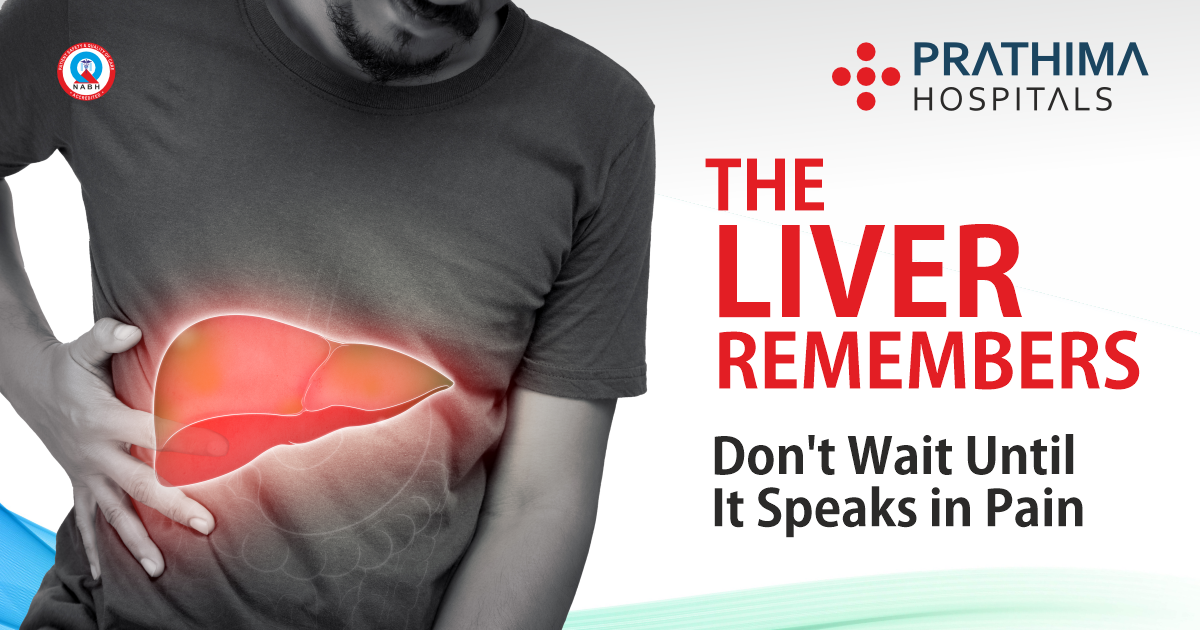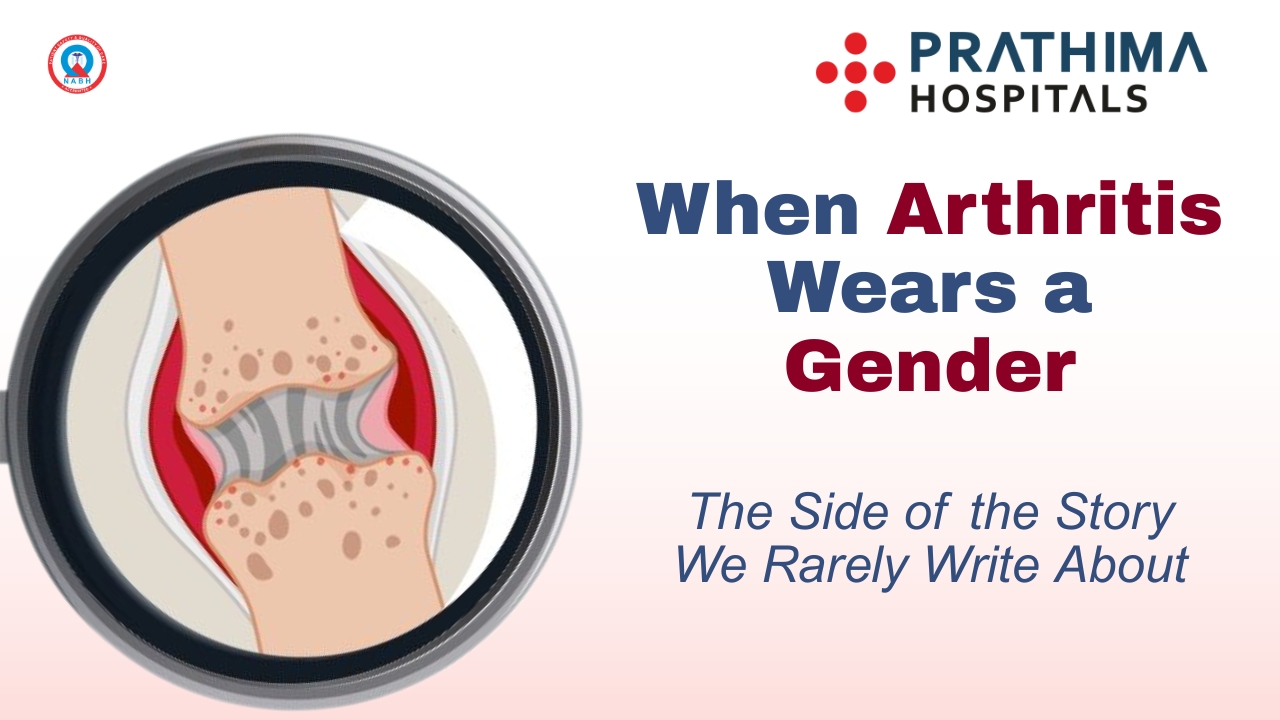Clear your doubts about Vascular Diseases!

Vascular Diseases
Introduction:
Vascular diseases encompass a wide range of conditions that affect the blood vessels, impairing their normal function and potentially leading to severe health complications. These diseases can impact various parts of the body, including the heart, brain, limbs, and vital organs. As per Cardiologist in Hyderabad understanding the different types of vascular diseases, their causes, risk factors, symptoms, and available treatment options is crucial for early detection, effective management, and prevention of long-term complications. This article provides a detailed examination of vascular diseases, shedding light on their complexity and the importance of proactive healthcare.
Types of Vascular Diseases
Atherosclerosis:
Atherosclerosis is the most prevalent form of vascular disease. According to Dr. Sudheer. G Best Cardiologist in Kukatpally, it happens when fatty deposits, known as plaques, build up inside the arteries, narrowing the vessel and impeding blood flow. Atherosclerosis commonly affects the coronary arteries (coronary artery disease), carotid arteries (carotid artery disease), and peripheral arteries (peripheral artery disease).
Peripheral Artery Disease (PAD):
PAD refers to the narrowing or blockage of the arteries that supply blood to the extremities, predominantly the legs and feet. Reduced blood flow to these areas can cause pain, numbness, and tissue damage, leading to complications such as non-healing wounds or gangrene.
Cerebrovascular Disease:
The cerebrovascular disease affects the blood vessels supplying the brain. Ischemic stroke, caused by a blockage in a blood vessel leading to the brain, and hemorrhagic stroke, resulting from the rupture of a blood vessel within the brain, are the two main types. Transient ischemic attacks (TIAs), also known as mini-strokes, are temporary interruptions of blood flow to the brain and can serve as warning signs for impending strokes.
Aneurysms:
An aneurysm is an abnormal bulging or ballooning of a blood vessel wall, commonly occurring in the aorta (the body’s largest artery) and the arteries of the brain. Aneurysms pose a risk of rupture, which can cause life-threatening internal bleeding.
Deep Vein Thrombosis (DVT):
DVT occurs when a blood clot forms in the deep veins of the body, typically in the legs. If a clot dislodges and travels to the lungs, it can result in a potentially fatal condition known as a pulmonary embolism.
Causes and Risk Factors
Vascular diseases are multifactorial in nature, with several factors contributing to their development. While some risk factors are non-modifiable, such as age and family history, others can be managed through lifestyle changes. Common causes and risk factors include:
Age: The risk of developing vascular diseases increases with age, primarily due to the cumulative effects of other risk factors and the natural ageing process of blood vessels.
Family History: A family history of vascular diseases, heart disease, or stroke can elevate an individual’s risk. Genetic predispositions may contribute to the development of these conditions.
Smoking: Tobacco use is a significant risk factor for vascular diseases. Smoking damages the blood vessels, promotes the formation of plaques, and accelerates the progression of atherosclerosis.
High Blood Pressure: Uncontrolled high blood pressure (hypertension) strains the arterial walls, making them more susceptible to damage and the development of atherosclerosis.
High Cholesterol: Elevated levels of low-density lipoprotein (LDL) cholesterol, commonly referred to as “bad” cholesterol, contribute to the accumulation of plaque in the arteries.
Diabetes: Diabetes, particularly type 2 diabetes, increases the risk of vascular diseases. High blood sugar levels can initiate harm to the blood vessels over time.
Obesity: It is well known that obesity and excess weight increase the risk of vascular disease. Obesity contributes to the development of other risk factors such as high blood pressure, high cholesterol, and diabetes.
Sedentary Lifestyle: Lack of regular physical activity and a sedentary lifestyle contribute to weight gain, poor circulation, and an increased risk of vascular diseases.
Poor Diet: Diets high in saturated fats, trans fats, and cholesterol contribute to the development of atherosclerosis and increase the risk of vascular diseases.
Alcohol Consumption: Excessive alcohol consumption can lead to high blood pressure and contribute to the development of certain vascular diseases.
Symptoms and Complications
The symptoms of vascular diseases vary depending on the specific condition and the affected blood vessels. However, some common symptoms and complications include:
Chest pain or discomfort (angina) in coronary artery disease.
Leg pain, cramping, or fatigue during physical activity (intermittent claudication) in peripheral artery disease.
Numbness or weakness in the limbs, slurred speech, or difficulty speaking in cerebrovascular disease.
Abdominal or back pain, pulsating sensation, and potentially life-threatening internal bleeding in the case of aneurysm rupture.
Swelling, pain, and warmth in the affected limb in deep vein thrombosis.
If left untreated or poorly managed, vascular diseases can lead to severe complications, including:
Heart Attack: Atherosclerosis can lead to the formation of blood clots that block the coronary arteries, resulting in a heart attack.
Stroke: Inadequate blood flow to the brain caused by atherosclerosis or blood clots can lead to a stroke, resulting in brain damage and potential disability.
Limb ischemia: Severe peripheral artery disease can lead to tissue damage, non-healing wounds, and even limb amputation.
Organ damage: Vascular diseases can affect the blood vessels supplying vital organs, potentially leading to organ dysfunction or failure.
Diagnosis and Screening
Early detection and diagnosis of vascular diseases are crucial for effective treatment and management According to Dr. Mohammed Wasif Azam Best Cardiologist in Kachiguda. Healthcare professionals may use various diagnostic methods, including:
Medical history and physical examination:
A comprehensive evaluation of an individual’s medical history, risk factors, and physical symptoms can provide valuable insights.
Imaging tests:
Ultrasound: Doppler ultrasound can assess blood flow, detect blockages, and evaluate the condition of blood vessels.
Angiography: Contrast dye is injected, and X-ray imaging is used to visualize blood vessels, and identify blockages, and abnormalities.
Computed Tomography Angiography (CTA) and Magnetic Resonance Angiography (MRA): These imaging techniques provide detailed images of blood vessels, helping identify blockages, aneurysms, or other abnormalities.
Blood tests:
Blood tests can measure cholesterol levels, blood sugar levels (for diabetes assessment), and other markers of inflammation or clotting abnormalities.
Electrocardiogram (ECG):
ECG records the electrical activity of the heart, helping detect irregularities or signs of heart disease.
Treatment and Management
The treatment and management of vascular diseases as per Cardiologist in Kukatpally aims to improve blood flow, alleviate symptoms, prevent complications, and reduce the risk of further progression. Treatment options may include:
Lifestyle modifications:
Smoking cessation: Quitting smoking is crucial to halt further damage to blood vessels.
Healthy diet: Adopting a diet rich in fruits, vegetables, whole grains, lean proteins, and low in saturated and trans fats helps manage cholesterol levels and blood pressure.
Regular exercise: Engaging in regular physical activity improves cardiovascular health, promotes weight management, and enhances overall blood circulation.
Weight management: Achieving and maintaining a healthy weight can reduce the strain on blood vessels and improve overall vascular health.
Medications:
Antiplatelet drugs: In order to prevent blood clots and reduce the risk of heart attacks and strokes, medications such as aspirin and clopidogrel are commonly prescribed.
Cholesterol-lowering medications: Statins and other lipid-lowering medications help lower LDL cholesterol levels, stabilize plaques, and reduce the risk of further plaque formation.
Blood pressure medications: Depending on the individual’s condition, medications to control high blood pressure may be prescribed to manage hypertension and protect blood vessels.
Anticoagulants: In cases of deep vein thrombosis or atrial fibrillation, anticoagulant medications may be used to prevent blood clot formation or reduce the risk of clotting.
Interventional procedures:
Angioplasty and stenting: In this minimally invasive procedure, a catheter is used to reach the blocked or narrowed artery. A balloon is inflated to widen the artery, and a stent may be inserted to keep the artery open and restore blood flow.
Thrombectomy: In cases of acute arterial blockages, a procedure called thrombectomy may be performed to remove blood clots and restore blood flow.
Surgical interventions:
Bypass surgery: In severe cases of arterial blockages, bypass surgery may be necessary. This involves creating a new pathway using a graft to bypass the blocked segment of the artery and restore blood flow.
Aneurysm repair: Surgical intervention may be required to repair or remove aneurysms, especially if they pose a high risk of rupture.
Lifestyle support and self-care:
Regular follow-up visits: Regular check-ups with healthcare professionals are essential to monitor the condition, adjust medications, and ensure overall well-being.
Wound care: Proper wound care is crucial for individuals with peripheral artery disease or non-healing wounds to prevent infection and promote healing.
Compression Therapy: Compression stockings or devices can be used to improve circulation and manage symptoms in individuals with venous insufficiency or lymphedema.
Education and support: Learning about the condition, and its management, and adopting healthy lifestyle habits can empower individuals to take control of their vascular health.
Conclusion:
Vascular diseases encompass a diverse group of conditions that affect the blood vessels and can have significant consequences if left untreated as per Cardiologist in Kphb. Early detection, diagnosis, and appropriate management are key to reducing the risk of complications such as heart attacks, strokes, and limb loss. Maintaining a healthy lifestyle, managing risk factors, and adhering to prescribed medications can help individuals effectively manage vascular diseases and improve their overall quality of life. Regular consultations with healthcare professionals and a proactive approach to vascular health are essential for early intervention, optimal treatment, and prevention of long-term complications.
.
.
.
.
For more details :
📞:: 733 733 6600 | 040 4345 4345
🌐:: https://prathimahospitals.com/book-appointment/






Warning: Undefined variable $req in /home/u885608126/domains/prathimahospitals.com/public_html/wp-content/themes/prathimahospitals/functions.php on line 294
Warning: Undefined variable $commenter in /home/u885608126/domains/prathimahospitals.com/public_html/wp-content/themes/prathimahospitals/functions.php on line 295
Warning: Trying to access array offset on value of type null in /home/u885608126/domains/prathimahospitals.com/public_html/wp-content/themes/prathimahospitals/functions.php on line 295
Warning: Undefined variable $aria_req in /home/u885608126/domains/prathimahospitals.com/public_html/wp-content/themes/prathimahospitals/functions.php on line 295
Warning: Undefined variable $req in /home/u885608126/domains/prathimahospitals.com/public_html/wp-content/themes/prathimahospitals/functions.php on line 298
Warning: Undefined variable $commenter in /home/u885608126/domains/prathimahospitals.com/public_html/wp-content/themes/prathimahospitals/functions.php on line 299
Warning: Trying to access array offset on value of type null in /home/u885608126/domains/prathimahospitals.com/public_html/wp-content/themes/prathimahospitals/functions.php on line 299
Warning: Undefined variable $aria_req in /home/u885608126/domains/prathimahospitals.com/public_html/wp-content/themes/prathimahospitals/functions.php on line 300
Warning: Undefined variable $commenter in /home/u885608126/domains/prathimahospitals.com/public_html/wp-content/themes/prathimahospitals/functions.php on line 303
Warning: Trying to access array offset on value of type null in /home/u885608126/domains/prathimahospitals.com/public_html/wp-content/themes/prathimahospitals/functions.php on line 303